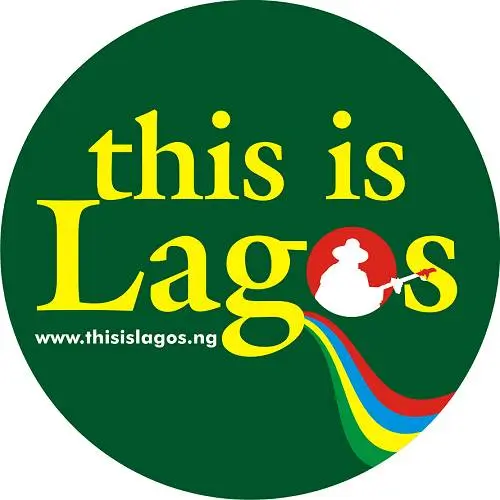If you followed, watched, or were live at the Super Bowl you will agree with me that Kendrick Lamar’s presence at the Super Bowl was not just another high-profile performance; it was a masterclass in media influence, narrative control, and cultural imprinting. His ability to spark conversations, drive digital engagement, and shape public discourse proves the power of deliberate strategic media positioning. Through the lens of media intelligence and PR measurement, we can dissect how African artists and brands can replicate this effect to elevate their global presence. Beyond the entertainment factor, Lamar’s performance provided key lessons in media reach, sentiment shifts, and strategic PR execution—areas that African PR professionals and communicators must internalize to maximize value from major events.
PR measurement data from the event shows a surge in Lamar-related conversations across digital and traditional media. His name dominated print, web, and social trends, appearing in over 1.2 million posts within 24 hours, with a sentiment distribution leaning 67% positive, 21% neutral, and 12% negative. The performance’s impact was amplified by major media outlets covering the event in North America and Europe, as well as select African countries, particularly Nigeria and South Africa. This media traction is a testament to the significance of strategic placements, showing how a single moment can redefine public perception and commercial value. For African artists and brands, the ability to secure a presence at major global events must be seen as more than a mere appearance—it is a PR opportunity that must be measured, optimized, and aligned with long-term communication objectives.

One of the biggest takeaways from Lamar’s Super Bowl presence is the deliberate storytelling approach. He was not just performing; he was communicating a narrative. African artists and brands must be intentional about their messaging when engaging global platforms. Media intelligence specialists can help track how narratives evolve, what themes resonate with audiences, and how to pivot when necessary. Sentiment analysis also plays a crucial role, revealing how different audience segments react and allowing for swift reputation management. Many African brands struggle with post-event PR impact analysis, often focusing solely on momentary buzz without extracting long-term insights from media data.
The concept of “The Kendrick Lamar Effect” speaks to leveraging credibility, cultural influence, and performance metrics to sustain media momentum beyond a single event. African PR professionals must learn from this by ensuring that every global engagement translates into measurable brand equity. This means that artists, influencers, and corporate brands must work with media intelligence teams to quantify their impact, benchmark against industry standards, and ensure PR campaigns are not just reactive but proactive. The challenge many African entities face is the lack of structured measurement frameworks that tie media exposure to business or career objectives. This knowledge gap is where PR measurement must step in to bridge the disconnect.
A vital lesson from Lamar’s Super Bowl impact is the role of multi-channel amplification. The performance itself was one layer, but the true media influence was built through post-event interviews, media engagement, and collaborative content syndication. African PR teams must adopt an omnichannel approach to PR execution, ensuring that media exposure is not short-lived. This requires a strategic mix of traditional media placements, influencer partnerships, and digital storytelling. In PR measurement, it is crucial to analyze which media channels drive the highest engagement and conversion rates, ensuring that communication strategies are data-driven rather than intuition-based.
Looking at case studies from both African and global perspectives, we have seen how the absence of media intelligence has led to missed opportunities. Burna Boy’s Coachella moment, for instance, was a landmark global exposure, yet the post-event PR lacked the necessary follow-through in structured PR measurement. In contrast, brands like Nike and Pepsi have perfected the art of extending media relevance beyond an event moment by employing predictive analytics, sentiment tracking, and engagement mapping. This difference in execution is a key area where African PR professionals must evolve—ensuring that global opportunities do not just end with event visibility but translate into long-term influence and business value.
Beyond just media coverage, there is also the crucial aspect of audience behavior analysis. Lamar’s performance was not just about numbers; it was about how his audience engaged, shared, and created conversations. African PR professionals must shift from vanity metrics to behavioral metrics, focusing on how audience perception changes post-event. Did the media narrative drive new brand partnerships? Was there an uptick in music streaming or product purchases? These are the questions that media intelligence must answer, ensuring that PR efforts are aligned with tangible outcomes.
The overarching lesson for Africa’s PR and communications industry is that major events are PR goldmines—but only if approached with precision, backed by intelligence, and measured effectively. Lamar’s Super Bowl presence serves as a playbook for how media influence can be engineered through strategic PR planning, near real-time sentiment tracking, and multi-platform amplification. African artists and brands have the talent and potential; what remains is the intentional use of media intelligence to ensure that every opportunity is maximized to its fullest potential. PR measurement is not an afterthought—it is the foundation for sustainable media success.
***Philip Odiakose is a leader and advocate of PR measurement, evaluation, and media monitoring in Nigeria. He is also the Chief Media Analyst at P+ Measurement Services, a member of AMEC, NIPR, AMEC Lab Initiative, AMCRON and ACIOM
